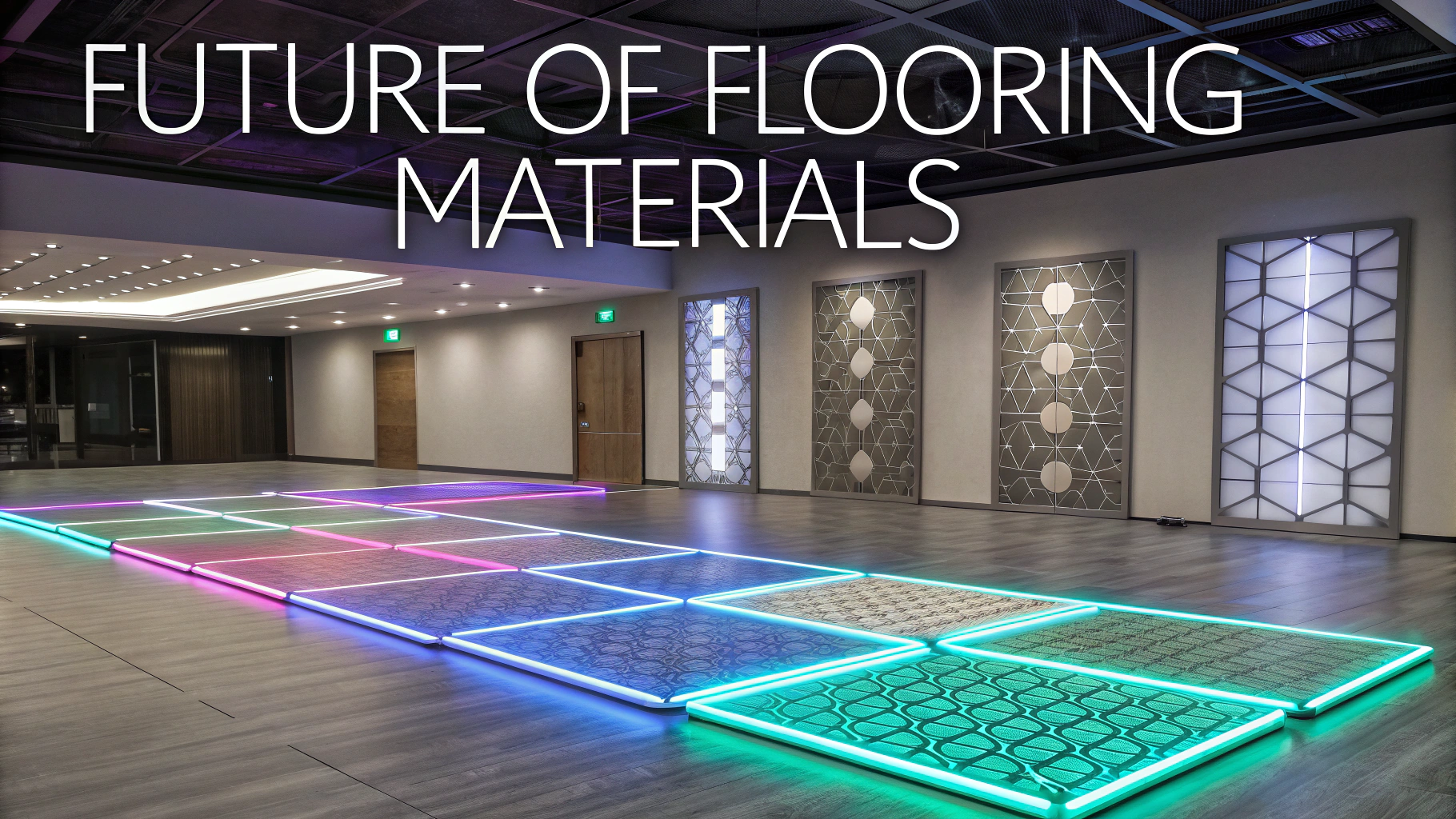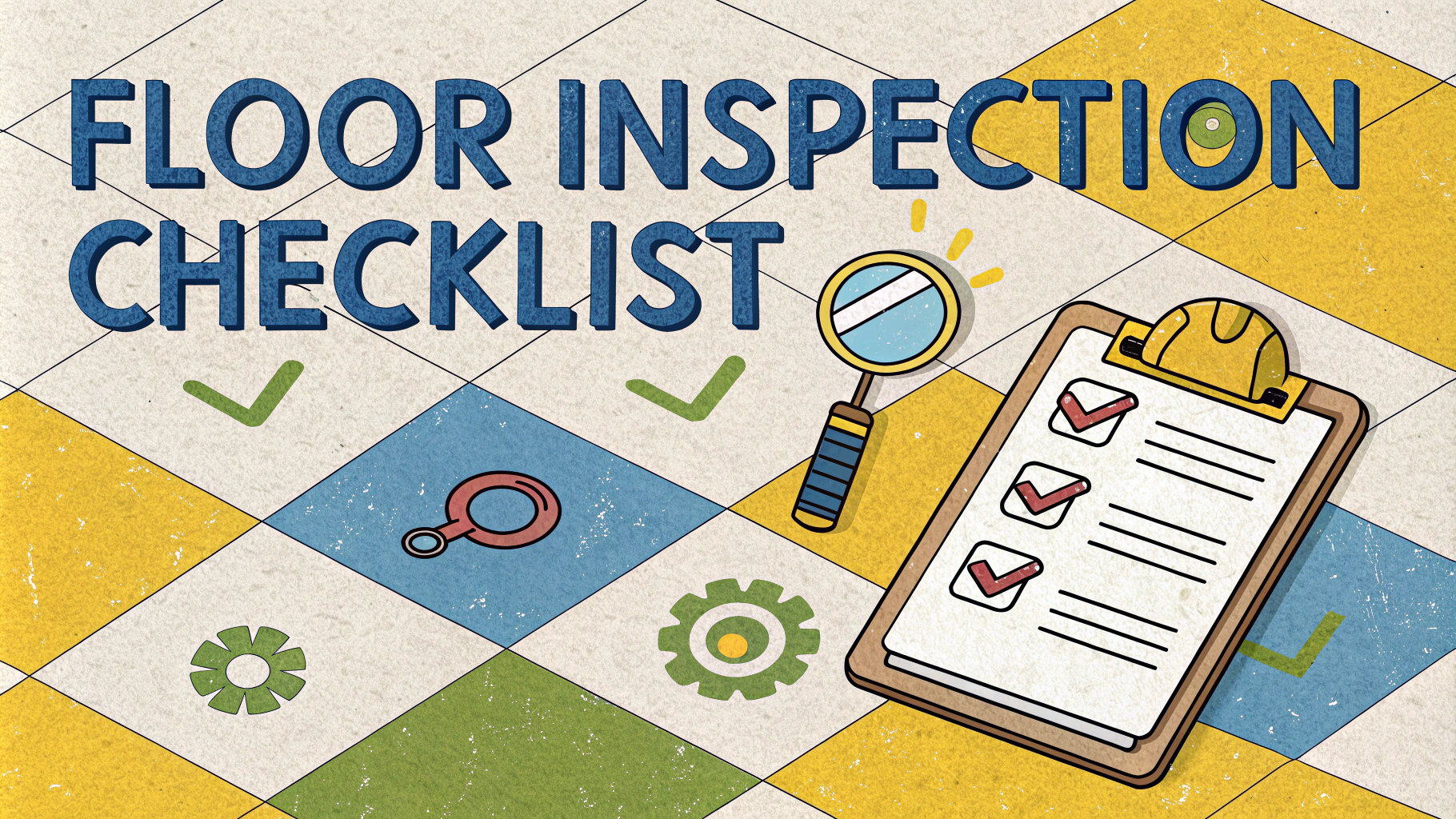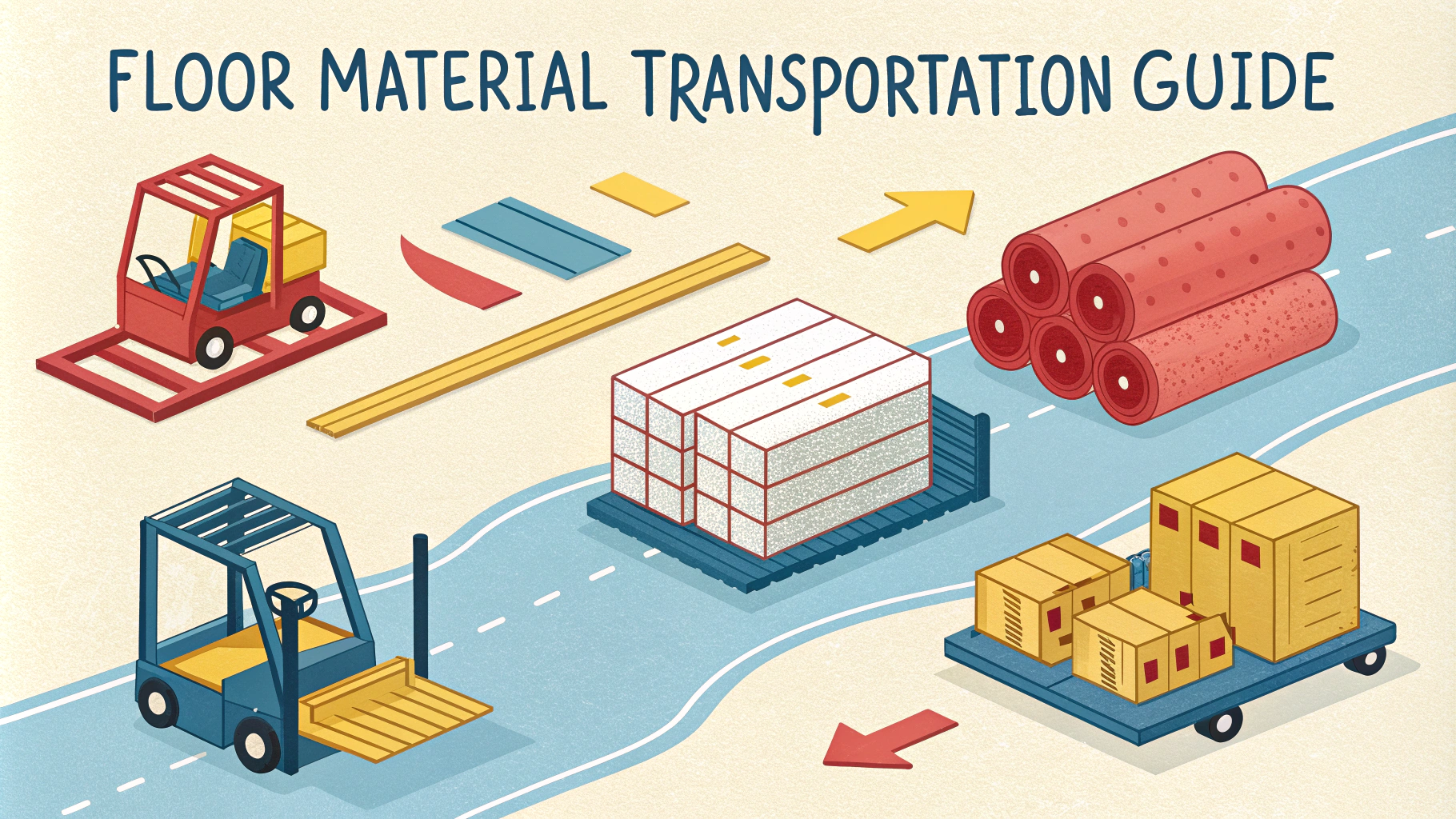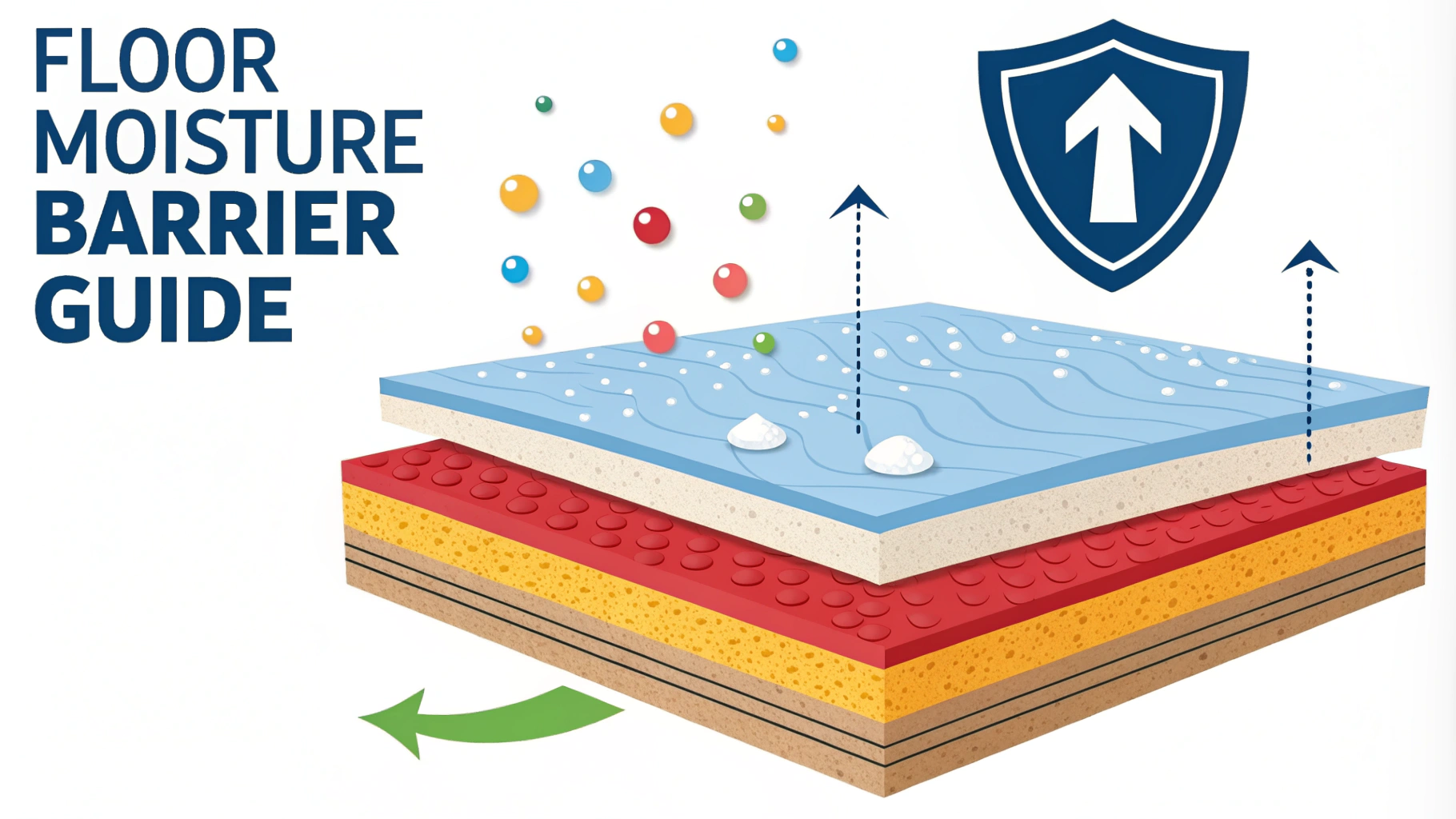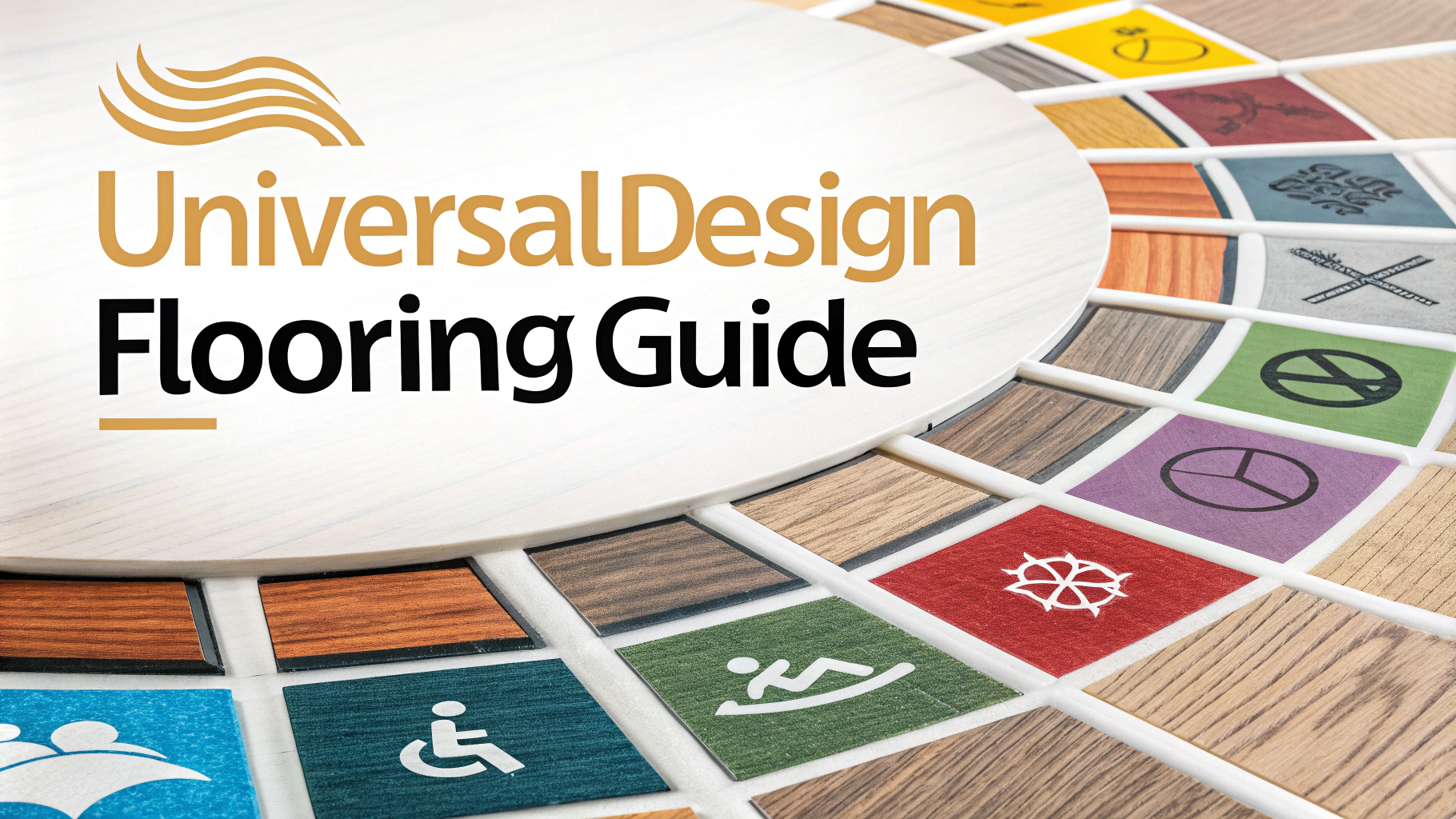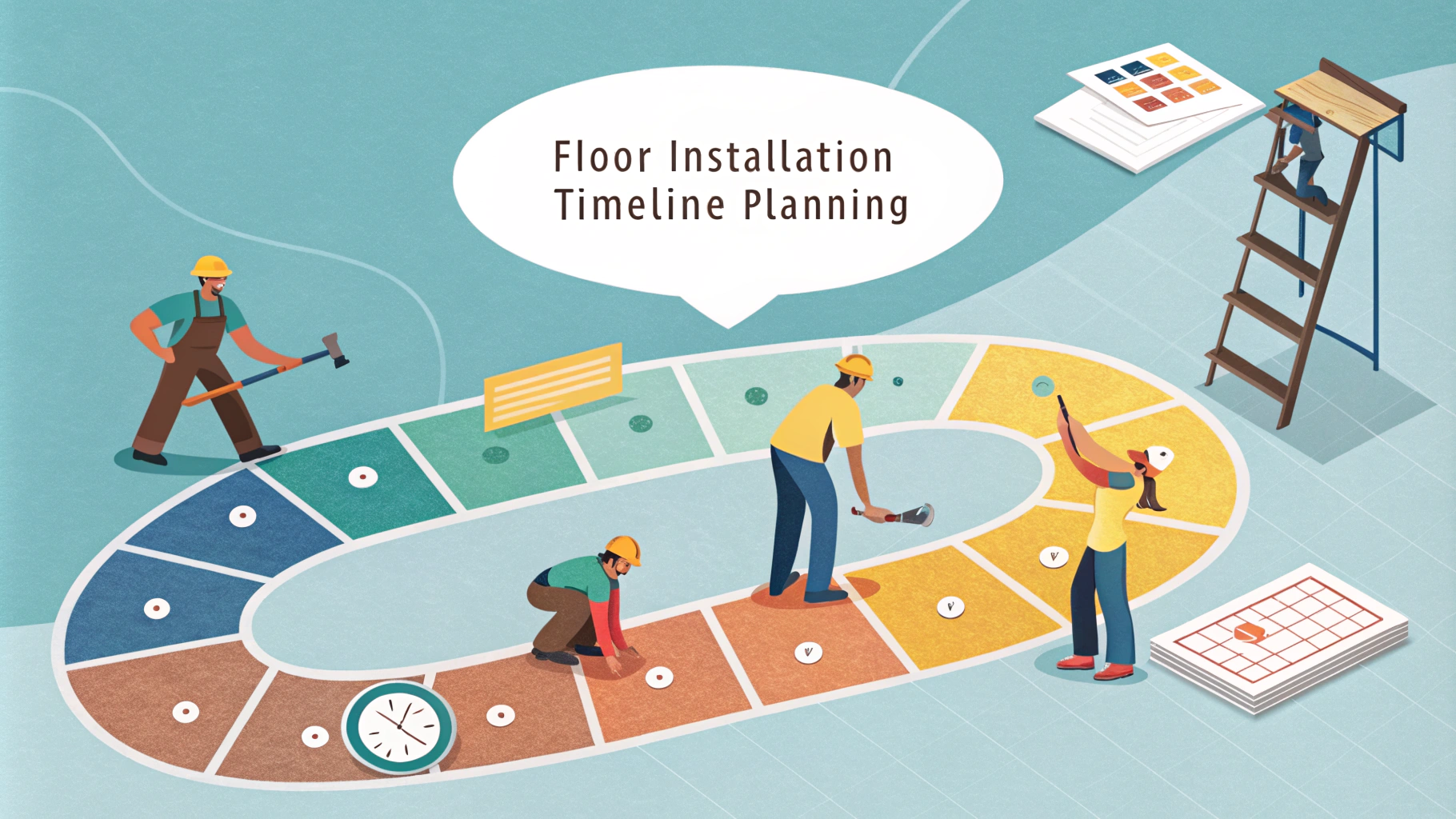Flooring technology continues to evolve with innovative materials and sustainable solutions that transform how we think about our walking surfaces.
New advancements in manufacturing processes have introduced materials that combine durability with environmental consciousness, setting fresh standards for residential and commercial spaces.
The latest developments in flooring materials focus on addressing key consumer demands: sustainability, easy maintenance, durability, and aesthetic appeal.
Emerging Sustainable Materials
- Bamboo-polymer composites offering superior scratch resistance
- Cork-based materials with enhanced water resistance
- Recycled rubber flooring with improved aesthetic finishes
- Bio-based resilient flooring made from renewable resources
Smart Flooring Technologies
Temperature-responsive tiles can automatically adjust their thermal properties based on room conditions.
LED-integrated flooring systems provide customizable lighting patterns and emergency guidance.
Pressure-sensitive floors can detect falls and monitor foot traffic patterns.
Self-Maintaining Materials
- Self-cleaning surfaces using photocatalytic technology
- Stain-resistant treatments that last the lifetime of the floor
- Anti-microbial properties embedded within the material structure
Advanced Synthetic Options
3D-printed flooring allows for customized patterns and textures.
Graphene-enhanced materials provide exceptional durability and conductivity.
Nano-engineered surfaces resist scratches and maintain appearance longer.
Environmental Impact Solutions
| Material Type | Carbon Footprint | Recyclability |
|---|---|---|
| Bio-based composites | Low | 100% |
| Recycled materials | Very Low | 85-95% |
| Smart materials | Medium | 70-80% |
Installation Innovations
- Click-lock systems requiring no adhesives
- Self-leveling underlayments
- Floating floor designs for quick installation
Cost Considerations
Initial investments in advanced flooring materials typically range from $5-15 per square foot more than traditional options.
Long-term maintenance costs are generally 30-40% lower for new-generation materials.
Selection Guidelines
- Assess foot traffic patterns in the intended space
- Consider local climate conditions
- Evaluate maintenance requirements
- Check warranty terms for new technologies
Looking Forward: What to Expect
Integration of Internet of Things (IoT) sensors in flooring will become standard for commercial spaces.
Renewable and recycled material usage will increase by an estimated 40% within five years.
Prices for advanced materials will decrease as manufacturing processes become more efficient.
For more information about emerging flooring technologies, contact the National Floor Safety Institute at www.nfsi.org or call 1-817-749-1700.
Future Applications
As technology advances, flooring systems will increasingly incorporate artificial intelligence for predictive maintenance and automated responses to environmental changes.
- AI-driven climate control integration
- Adaptive lighting patterns based on natural light levels
- Automated safety protocols in commercial spaces
Market Growth Projections
The smart flooring market is expected to grow at a CAGR of 21.3% through 2028, driven by commercial sector adoption.
Key Growth Sectors
- Healthcare facilities
- Smart homes
- Retail environments
- Educational institutions
Regulatory Compliance
New flooring technologies must meet increasingly stringent environmental and safety standards:
- VOC emission limitations
- Slip resistance requirements
- Fire safety regulations
- Sustainability certifications
Shaping Tomorrow’s Surfaces
The evolution of flooring technology represents a fundamental shift in how we interact with our built environment. As materials become smarter and more sustainable, they will continue to enhance safety, comfort, and efficiency in both residential and commercial spaces.
Industry leaders predict complete integration of smart technology in commercial flooring will become standard by 2030, while sustainable materials will dominate the residential market.
Success in this rapidly evolving sector will depend on balancing innovation with practical applications and cost-effectiveness, ensuring these advanced solutions are accessible to a broader market.
FAQs
- What are the most sustainable flooring materials emerging in the market?
Bamboo, cork, reclaimed wood, recycled rubber, and bio-based materials like mycelium composites are becoming increasingly popular sustainable options. - How will smart flooring technology impact future homes?
Smart flooring will incorporate sensors for motion detection, energy harvesting, fall detection, and health monitoring, integrating with home automation systems. - What are self-cleaning flooring materials?
Advanced materials with photocatalytic properties, hydrophobic coatings, and nano-technology that break down dirt and bacteria, reducing maintenance needs. - Which future flooring materials will be most resistant to climate change?
Water-resistant engineered materials, thermally adaptive flooring, and moisture-resistant composites designed to withstand extreme weather conditions. - What role will 3D-printed flooring play in future construction?
3D-printed flooring will offer customizable patterns, reduced installation time, lower costs, and the ability to create complex designs with minimal waste. - How are antimicrobial properties being incorporated into future flooring?
Through embedded silver ions, copper compounds, and specialized polymer technologies that actively prevent bacterial and fungal growth. - What energy-efficient features are being developed for future flooring?
Thermal energy storage systems, phase-change materials, and piezoelectric flooring that generates electricity from footsteps. - Will traditional hardwood flooring become obsolete?
No, but it will evolve with new treatments, manufacturing processes, and hybrid materials that combine natural wood with synthetic components for better durability. - How will future flooring materials improve indoor air quality?
Through air-purifying compounds, VOC-absorbing materials, and natural ingredients that help regulate humidity and filter airborne pollutants. - What are self-repairing flooring materials?
Materials containing microcapsules with healing agents that automatically repair scratches and small damages when activated by pressure or temperature.

